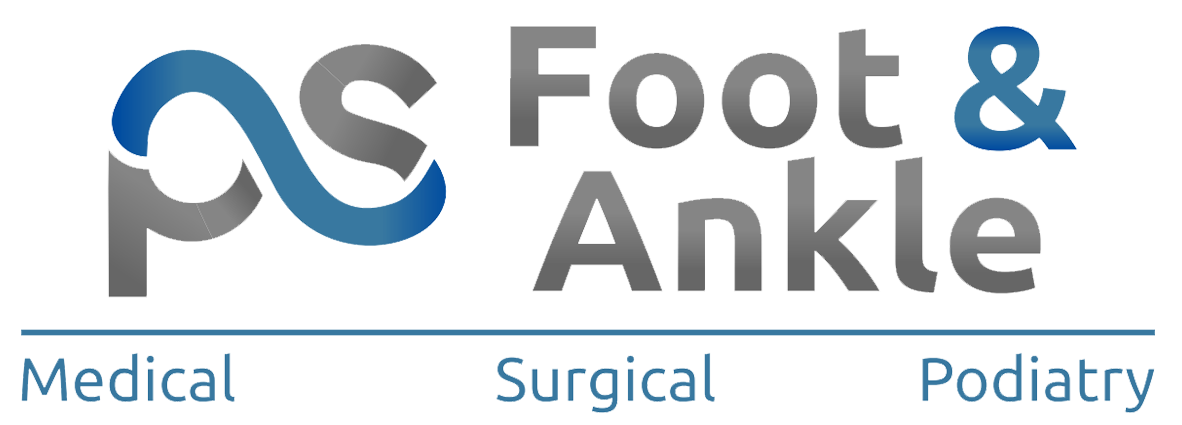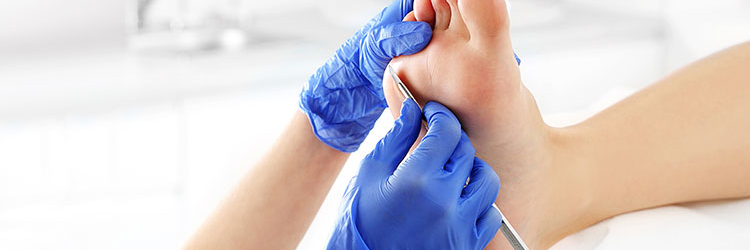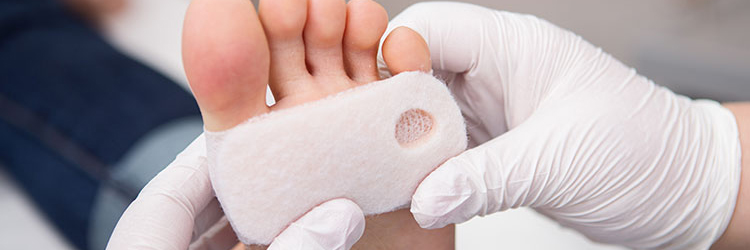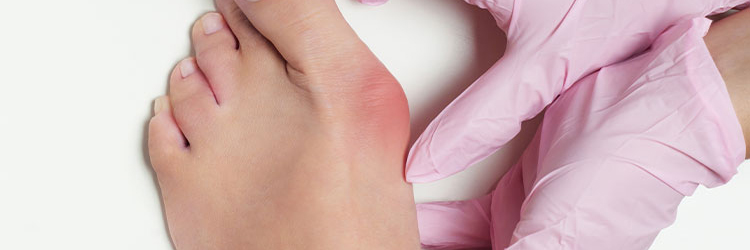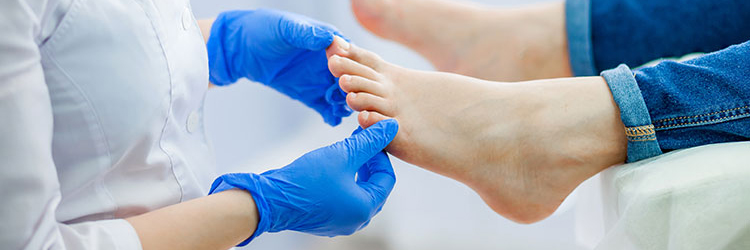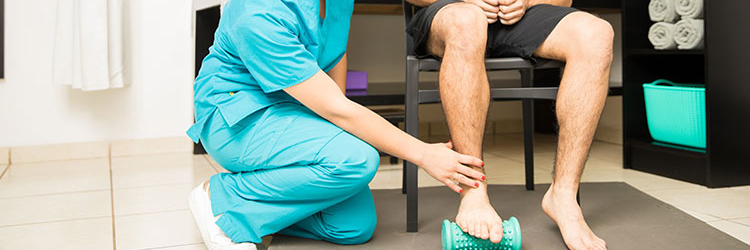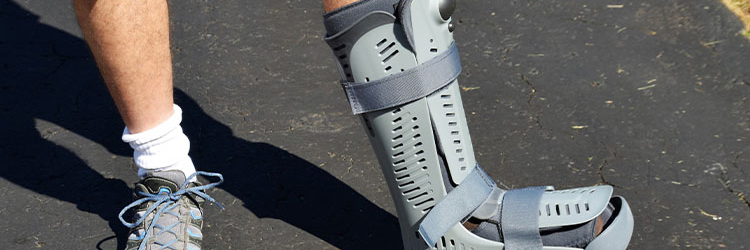Bunion Treatment
What is a bunion?
A Bunion deformity, also known as Hallux Abducto Valgus, is commonly described as a bump on the side of the big toe joint. However, a bunion deformity is more complex than just that. The visible bump is reflective of your foot biomechanics and alignment causing a drift of the first metatarsal bone causing the appearance of a bump. Essentially the big toe rotates towards the second toe, thereby shifting the first metatarsal and complicating the alignment of the bones. It is a slow progressive condition that can be mitigated with orthotics and shoe gear and may never cause pain. However for some, over time you may notice increased redness at the site of the bump, foot soreness and overall pain and discomfort walking – depending on the severity of the condition.

What causes a Bunion Deformity ?
There are several etiologies of a bunion deformity. Most often they are caused by the biomechanics of your foot – sometimes suprastructure influences from the knee and hip can also influence your style of gait and stride. Genetics also plays a role in developing a bunion, as some individuals are more prone to have this condition than others. Wearing tight shoes will not necessarily directly lead to bunion but the crowding of the toes may accelerate or accentuate the deformity and symptoms may appear sooner. Rheumatological disease such as osteoarthritis, rheumatoid arthritis, psoriatic arthritis can also impact chances of developing a bunion.
What are some Bunion Symptoms?
- Persistent pain and soreness of the foot (and sometimes the ankle)
- Inflammation and redness around the big toe joint
- Corns or calluses in between the first and second toes
- Burning / Possible numbness
- Noted pain and irritation more often with tight toe box or stiletto high heels – long periods in these type of shoes will aggravate symptoms.
What are some conservative treatment options for bunions?
This all depends on the severity. Sometimes observation, change in shoe gear (wider shoes) and periodic radiographic evaluation by your surgeon is advised. Padding over the bunion (such a bunion shield) is another type of modalities that can help minimize pain (note it will not prevent the bunion, but will provide some relief in symptoms). Orthotics are also a useful investment to reduce the chance of metatarsal migration, joint damage and provide comfort while walking. Furthermore activity modifications, physical therapy sessions, body habitus, icing, anti-inflammatory medication and local corticosteroid injections may help with your bunion deformity and its progression.
When would I need surgery for my bunion?
If all of the above nonsurgical treatments options fail to relieve bunion pain and the bunion deformity is interfering with your daily activities, it is certainly time to discuss surgical options with our foot and ankle surgeon. Together we can decide which type of surgery is best for you in reducing the pain and deformity. In selecting the procedure(s) the the foot and ankle surgeon will take into consideration the extent of your bunion based on the x-ray findings, your age, your weight, your activity level and other factors. The length of the recovery period will vary, depending on the procedure or procedures performed.
It is important to discuss the risks and benefits of surgery with your doctor to make an informed decision about your treatment plan. Come in for a consultation at PS Foot and Ankle in Bridgewater, New Jersey and we can provide a personalized individual plan.
Call: 732-443-3975
